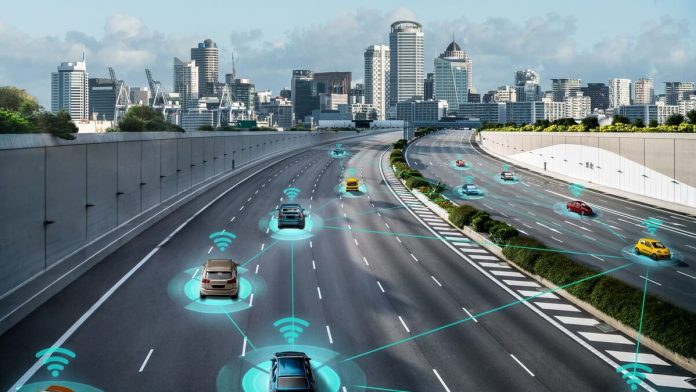Cars have been on the roads for well over a century, and the advancements in technology globally have continued to evolve in the 130 years since.
More importantly, the safety features and technology of vehicles are improving all the time. Government figures showed fatalities from collisions were down 4% in June 2022, in the UK, compared to the same pre-pandemic levels of driving in June 2019.
Seatbelts and airbags are among the most important introductions to car safety in history, but more recently, the developments of sensors and radars – that didn’t even exist a few years ago – are making life on the roads ever safer.
A combination of these new technologies and government legislation encouraging safety is helping to bring down the number of accidents behind the wheel.
Smart Cars
New car models come with all sorts of funky gadgets and technology to help improve the driving experience.
Tesla, for example, developed the use of ultrasonic sensors for its parking assist, automated parking, and remote summoning features.
The company also uses carefully positioned cameras all around its vehicles for its driver assist feature, collision warning, and automated driving systems.
Moreover, it has developed an automatic emergency braking system, one which reduces the likelihood of human error accidents which is the main cause of auto accidents globally.
Driver alertness monitoring, to help a driver realize when drowsiness is affecting their performance behind the wheel, lane monitoring, and headlights that auto-adjusts to driving conditions are other examples of smart technology in action.
How EVs Are Less Likely to Break Down
There is a common misconception that electric vehicles (EVs) break down more than their traditional petrol or diesel predecessors.
But actually, EVs are comprised of around 200 fewer moving parts, thus reducing the need for regular maintenance or the likelihood of a breakdown due to negligence.
Indeed, a study from Cap HPI via the AA said that over the course of a three-year span, it can cost around 23% less to maintain an EV.
Of course, the fundamentals such as tires, brakes, suspensions, or even applying grease in some moving parts still need to be assessed but replacing parts such as the clutch or topping up the engine oil are things EV drivers do not need to concern themselves with.
Additionally, a gasoline or diesel car is more prone to catch fire than an electric vehicle. EVs have a lot fewer moving parts (friction between components can be a regular cause of fires, leading to overheating). There is no hot exhaust to promote combustion, nor is there any flammable liquid like gasoline being pushed through the vehicle from the fuel tank, which is often at the back, to the engine, which is in the front. A petrol car would quickly overheat and possibly catch fire without the substantial cooling systems supplied by a radiator and the numerous liters of coolant that are continually moving through the engine.
A U.S. insurance company did research on this topic, and the study found that electric vehicles have the lowest fire risk. 25.1 out of every 100,000 electric vehicles sold caught fire. 1,530 autos with combustion engines caught fire for the same number.
Nonetheless, hybrid vehicles had the highest fire risk. Out of 100,000 hybrid vehicles sold, 3,474.5 caught fire. This is more than twice as many vehicles as those powered by internal combustion engines.
These statistics show that combustion engine vehicles burn most frequently, hybrid vehicles burn least frequently, and diesel vehicles burn most frequently.
According to the study’s findings, it is evident that combustion-engine vehicles do not burn more frequently than electric vehicles.
Self-Driving Technology
Looking ahead to the future, the advancement of self-driving technology may lead to even fewer accidents on the road.
Plans by the UK government would see self-driving vehicles on roads by 2025, with manufacturers liable for a vehicle’s actions, thus meaning there would be no liability for the human driver.
Some experts are of the opinion that autonomous cars will help reduce the number of crashes and save even more lives on the road in the long run.
There is still plenty of work that needs to be done in this area of motor revolution, however. Not least because right now, there is not much data to work with, and there is great difficulty in predicting events that have not yet happened.
Last Words
As wonderful as these advancements can be, it’s worth mentioning the downsides of the ongoing auto revolution that is happening around the world. For example, these technological features require many semiconductors, which are essentially small computer chips that control various functions such as touchscreen displays, automatic window wipers, cabin temperature control, and so on. The demand for these has exploded in recent years, especially since supply chains around the world grounded to a brief halt in 2020, thus inflating their price and that of new vehicles manufactured. This means that safer and newer vehicles are more and more priced out of many people’s budgets and, therefore, only benefit a few in society.
Having said this, the likelihood of new cars being overly expensive is likely to be a temporary issue and should drop back to normality in the coming years as the car market cools down.









